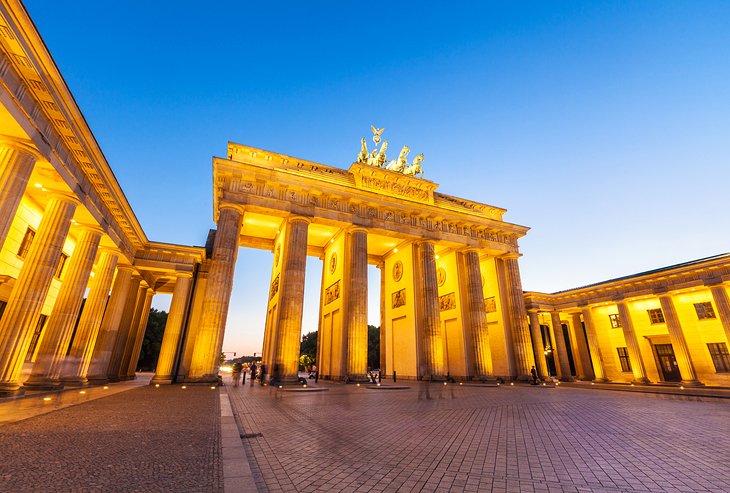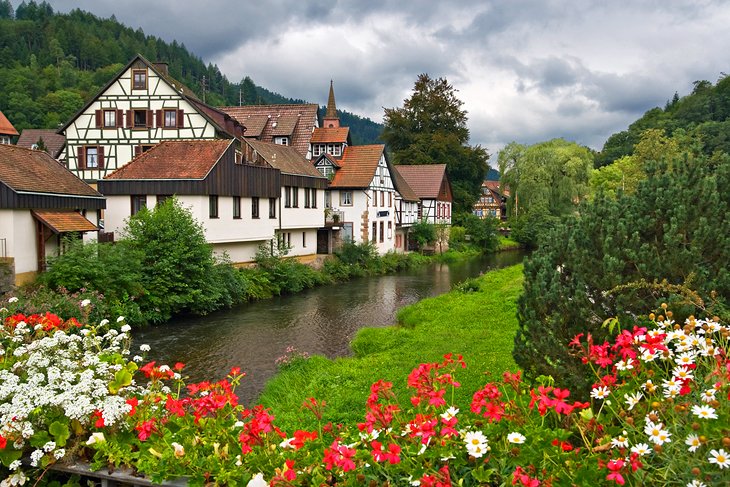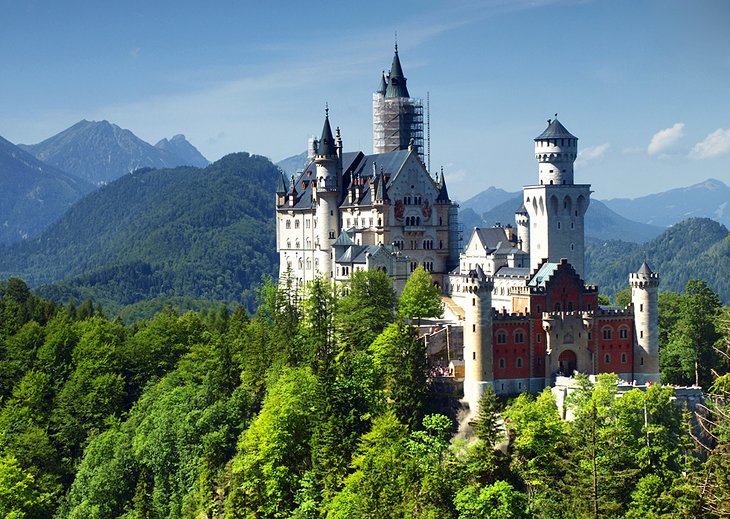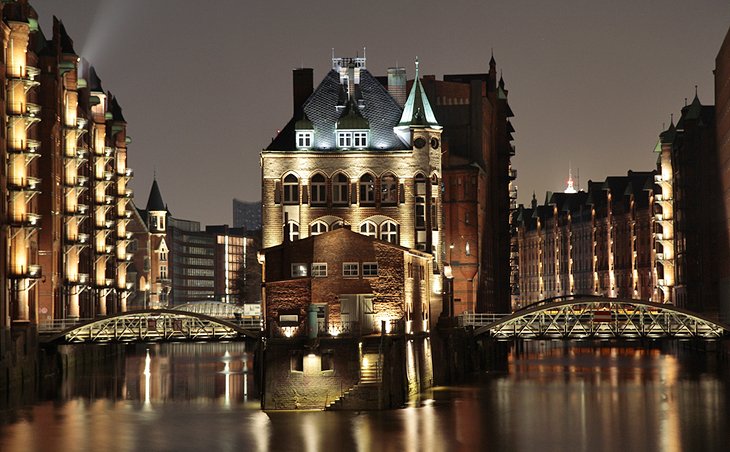Venue & Hospitality
City Highlights
About City
ABOUT CITY:
Berlin, Germany’s capital Its inhabitants make it the most populous city proper of the European Union Berlin is home to the world famous Berlin Opera and Berlin Philharmonic Orchestra, while its diverse art scene encompasses hundreds of galleries, events, and museums, including those on Museum Island, a UNESCO World Heritage Site. Berlin was important because it was a constant point of contention between the communists and the West in the first two decades or so of the Cold War. Berlin was deep within the Soviet sector of Occupied Germany and, later, of communist East Germany.
How to travel to Berlin, Germany :
By Airlines: Germany's largest airline is Lufthansa,. Lufthansa also operates two regional subsidiaries under the Lufthansa Regional brand and a low-cost subsidiary, Eurowings, which operates independently. Lufthansa flies a dense network of domestic, European and intercontinental routes. Germany's second largest airline was Air Berlin, which also operated a network of domestic and European destinations with a focus on leisure routes as well as some long-haul services. Air Berlin declared bankruptcy with the last flight under its own name.
By Waterways: It major rivers include the Rhine and Elbe; Kiel Canal is an important connection between the Baltic Sea and North Sea and one of the busiest waterways in the world, the Rhine-Main-Danube Canal links Rotterdam on the North Sea with the Black Sea. It passes through the highest point reachable by ocean-going vessels from the sea.Ferries operate mostly between mainland Germany and its islands.
By Railway: The fastest high-speed train operated by Deutsche Bahn, the InterCityExpress or ICE connects major German and neighbouring international centres such as Zurich, Vienna, Copenhagen, Paris, Amsterdam and Brussels. The rail network throughout Germany is extensive and provides excellent service in most areas. On regular lines, at least one train every two hours will call even in the smallest of villages during the day. Nearly all larger metropolitan areas are served by S-Bahn, U-Bahn, Straßenbahn and/or bus networks.
Intercity buses: Similarly to other German cities, there is an increasing quantity of intercity bus services. The city has more than 10 stations that run buses to destinations throughout Germany and Europe, being Zentraler Omnibusbahnhof Berlin the biggest station.
Georaphical Condition: Berlin is in northeastern Germany, in an area of low-lying marshy woodlands with a mainly flat topography, part of the vast Northern European Plain which stretches all the way from northern France to western Russia. It has an oceanic climate the eastern part of the city has a slight continental influence especially in the 0 °C isotherm, one of the changes being the annual rainfall. This type of climate features moderate summer temperatures but sometimes hot (for being semicontinental) and cold winters but not rigorous most of the time. It has left the city with a polycentric organization and a highly eclectic array of architecture and buildings .
Economic Condition : Berlin's economy is dominated by the service sector, with around 84% of all companies doing business in services. The unemployment rate reached stood at 10.0% as a German state, had the highest annual employment growth rate. Around 130,000 jobs were addedResearch and development have economic significance for the city. Several major corporations like Volkswagen, Pfizer, and SAP operate innovation laboratories in the city. The Science and Business Park in Adlershof is the largest technology park in Germany measured by revenue. Within the Eurozone, Berlin has become a center for business relocation and international investments.
Education: The Berlin-Brandenburg capital region is one of the most prolific centres of higher education and research in Germany and Europe. Historically, 40 Nobel Prize winners are affiliated with the Berlin-based universities. The city has a high density of internationally renowned research institutions, Berlin is one of the knowledge and innovation communities (KIC) of the European Institute of Innovation and Technology (EIT) The KIC is based at the Centre for Entrepreneurship at TU Berlin and has a focus in the development of IT industries. It partners with major multinational companies such as Siemens, Deutsche Telekom, and SAP .
Notable personalities in Berlin : Mateusz Morawieck (prime minister ), Frank-Walter Steinmeier (President), Angela Merkel (German Chancellor), Marlon Kittel (Famous Actor), Miroslav klose (Footballer), Manuel Neuer(Soccer Player) .
Universities in Berlin :
- LMU Munich
- Technical University of Munich
- Heidelberg University
- Humboldt University of Berlin
- Charité - Universitätsmedizin Berlin
Tourist Attractions : Cologne Cathedral (Kolner Dom) , Editor's PickBerlin's Brandenburg Gate, The Black Forest, The Ultimate Fairytale Castle: Neuschwanstein, Miniatur Wunderland and the Historic Port of Hamburg .
Venue
Berlin, Germany





